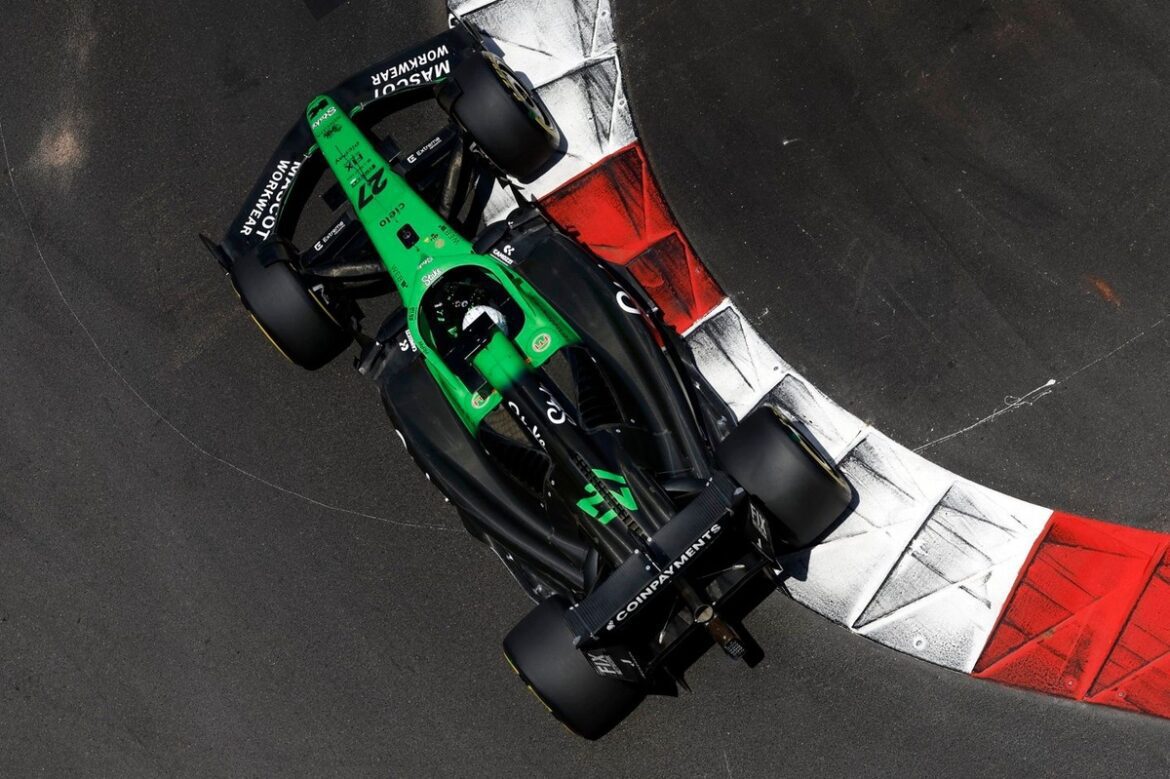The Future of Sauber Racing: Preparing for a New Era in Formula 1
As we look ahead to the next year, the Sauber racing team stands on the brink of significant transformation. With the looming introduction of new regulations in Formula 1, the team is gearing up to become the official factory team for Audi. This shift promises to bring about exciting changes, but it also presents unique challenges that the team must navigate.
The Impact of New Regulations
In 2026, the motorsport world will witness the rollout of groundbreaking regulations designed to enhance the agility of Formula 1 cars. These changes aim to invigorate the racing experience, making it not only faster but also more sustainable. A pivotal aspect of these new regulations involves the engines, with an increased emphasis on electrical energy usage during races. This is a crucial step towards making Formula 1 a more environmentally friendly sport.
A New Era of Engine Manufacturers
Alongside these regulatory changes, the sport will welcome new engine manufacturers into the fold. Audi and Ford, through a partnership with Red Bull, are set to make their debut in 2026, with Cadillac joining the fray by 2029. This influx of new talent will undoubtedly reshape the competitive landscape of Formula 1.
Mattia Binotto, the head of Audi’s Formula 1 project, has openly discussed the complexity involved in designing power units. He notes that creating an engine is far more intricate than it may appear to spectators watching a race. Binotto’s experience at Ferrari during the major engine overhaul in 2014, which introduced the current V6 hybrid power units, has equipped him with valuable insights into the challenges ahead.
Navigating Complexity and Difficulty
The upcoming regulations will necessitate a 50-50 split in power output between the internal combustion engine and electrical components. One notable change is the removal of the MGU-H, which traditionally harvested thermal energy from the combustion engine. Furthermore, all motors will be required to run on 100% sustainable fuels. This combination of changes presents a daunting task for engine manufacturers, including Audi.
Binotto emphasizes Audi’s focus on internal development rather than external competition. He acknowledges that the 2026 season may not see them at the pinnacle of performance, stating, "We won’t have the best power unit, but the path that has been taken is the right one." His confidence stems from the belief that the challenges posed by these new regulations can be navigated successfully.
Fuel Innovation and Competitive Advantages
The impending rule changes also introduce new opportunities for competition, particularly in terms of fuel selection for the new engines. Teams will have the freedom to choose from various fuel options, including e-fuels and biofuels. Binotto notes that this flexibility means that fuel will become a significant differentiating factor for teams in the 2026 season.
Interestingly, Audi may have an advantage in this area due to its parent company, the Volkswagen Group, which has a strong commitment to developing e-fuels. Through its Porsche brand, the group is investing significantly in sustainable fuel alternatives and has established a production facility in Chile. This initiative, which began in 2023, has the potential to enhance Audi’s performance in the upcoming seasons.
The Competitive Landscape: Mercedes’ Dominance
Despite the optimism surrounding Audi’s entry into Formula 1, Binotto has raised concerns about the possibility of one team dominating the sport once again. He has heard "rumors" suggesting that Mercedes could once again leverage the sweeping changes to establish a significant advantage over their competitors. Binotto recalls that during the 2014 engine overhaul, Mercedes managed to outpace the competition, resulting in a season characterized by their dominance.
He states, "In 2014 when a more important hybrid was introduced on the power unit, it was an engine championship at the beginning because Mercedes had made the difference." This historical context serves as a reminder that while new regulations can level the playing field, they can also allow established teams to capitalize on their experience and resources.
Anticipation for the 2026 Season
As the motorsport community eagerly anticipates the start of the 2026 season, it remains unclear how the new power units will perform in actual racing conditions. While there are concerns about a potential repeat of past dominance by Mercedes, the introduction of new teams and manufacturers adds an element of unpredictability to the competition.
The 2026 season will undoubtedly mark a significant turning point for the Sauber team, which has a rich history in Formula 1. The team’s last victory came in 2008 when they competed under the BMW banner. As they transition into this new phase with Audi, the excitement and challenges that lie ahead are palpable.
Conclusion
In summary, the Sauber team’s journey into the next chapter of Formula 1 is set against a backdrop of transformative regulations and new partnerships. With Audi’s entry into the sport, the team is poised for a significant evolution that could reshape its future. As they navigate the complexities of engine development, fuel innovation, and competition dynamics, all eyes will be on Sauber as they embark on this ambitious new era. The next 12 months will be crucial, and the anticipation for the 2026 season is building as the team prepares to meet the challenges head-on.
